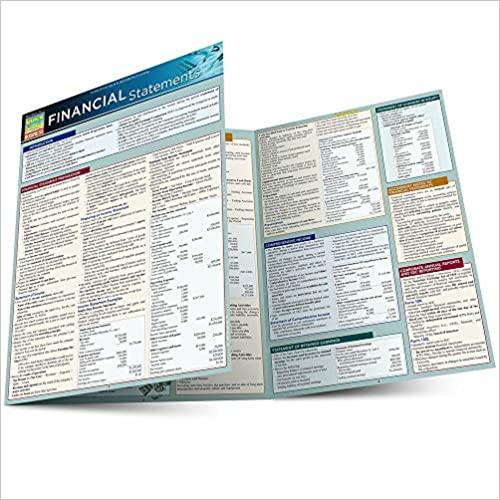Question
Table 1 lists seven potential projects. The table shows the NPV, energy efficiency measured by cost savings, and a risk amount that may be lost
Table 1 lists seven potential projects. The table shows the NPV, energy efficiency measured by cost savings, and a risk amount that may be lost considering the possibility of project failure or from a delayed completion time. The firm has a total amount of $15m available for the entire building renovation. The firm is questioning which projects should be undertaken?
One of the benefits of performing previous projects is that the company can learn from its mistakes. A previous retrofit project is listed in Table 2. It shows the activities for the project, along with its predecessor activities, and activity times.
As mentioned previously, every investor wants the firm to reduce the project start to completion time; an effective project manager knows the tricks of the trade to reduce project length. Table 3 lists data that the PM could use when making project decisions related to shortening the project. A project manager from this previous project, George Watkins, was looking at the tables of data and exclaimed aloud, if I had only known, I wouldnt have agreed that we could finish the project in 38 weeks that our investors demanded, but at least I know now how to select the correct activities when shortening a project.
Table 1. List of Potential Projects
| Project Description | Project | Cash Required | NPV | Reduced Cost of Energy | Risk |
| A/C and Heat Controls | 1 | $2,500 | $8,000 | $9,000 | $(1,200) |
| Power Generation | 2 | $3,000 | $7,500 | $7,000 | $(1,300) |
| Chiller Plant | 3 | $3,500 | $10,000 | $8,000 | $(3,000) |
| Lighting | 4 | $4,500 | $12,000 | $5,800 | $(5,000) |
| Plumbing | 5 | $5,000 | $16,000 | $6,000 | $(4,000) |
| Windows | 6 | $6,000 | $19,500 | $5,500 | $(18,000) |
| Roof | 7 | $7,000 | $22,000 | $4,000 | $(15,000) |
Table 2. Previous Project
| Activity Description | Activity | Time Estimates (Weeks) | Immediate Predecessors | ||
| Optimistic | Most Likely | Pessimistic | |||
| Requirements | A | 2 | 3 | 4 |
|
| Market Assessment | B | 4 | 7 | 10 | A |
| Design | C | 5 | 6 | 9 | A |
| Development | D | 6 | 7 | 16 | C |
| Testing | E | 7 | 9 | 10 | D |
| Revising | F | 4 | 5 | 6 | B E |
| Documentation | G | 3 | 6 | 10 | D |
| Quality Assurance | H | 2 | 4 | 7 | C E |
| Pricing | I | 2 | 2 | 2 | B |
| Installation | J | 3 | 4 | 14 | F G H I |
| Project Handoff | K | 2 | 3 | 4 | J |
Table 3. Crashing Data
| Activity Designation | Crash Time (Weeks) | Normal Cost ($) | Crash Cost ($) | |
| A | 3 | 10,000 | 10,000 | |
| B | 6 | 20,000 | 25,000 | |
| C | 5 | 15,000 | 30,000 | |
| D | 6 | 45,000 | 65,000 | |
| E | 8 | 10,000 | 20,000 | |
| F | 4 | 15,000 | 18,000 | |
| G | 4 | 20,000 | 30,000 | |
| H | 3 | 10,000 | 15,000 | |
| I | 2 | 5,000 | 5,000 | |
| J | 5 | 40,000 | 50,000 | |
| K | 2 | 15,000 | 25,000 |
Questions
1. Crash the project by three weeks. (Excel may prove useful for this question)
2. What is the duration of the project prior to crashing?
3. Which activities did you crash and why?
4. What is the additional cost to crash the project by three weeks?
Step by Step Solution
There are 3 Steps involved in it
Step: 1

Get Instant Access to Expert-Tailored Solutions
See step-by-step solutions with expert insights and AI powered tools for academic success
Step: 2

Step: 3

Ace Your Homework with AI
Get the answers you need in no time with our AI-driven, step-by-step assistance
Get Started


